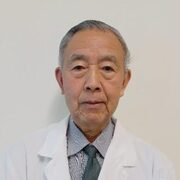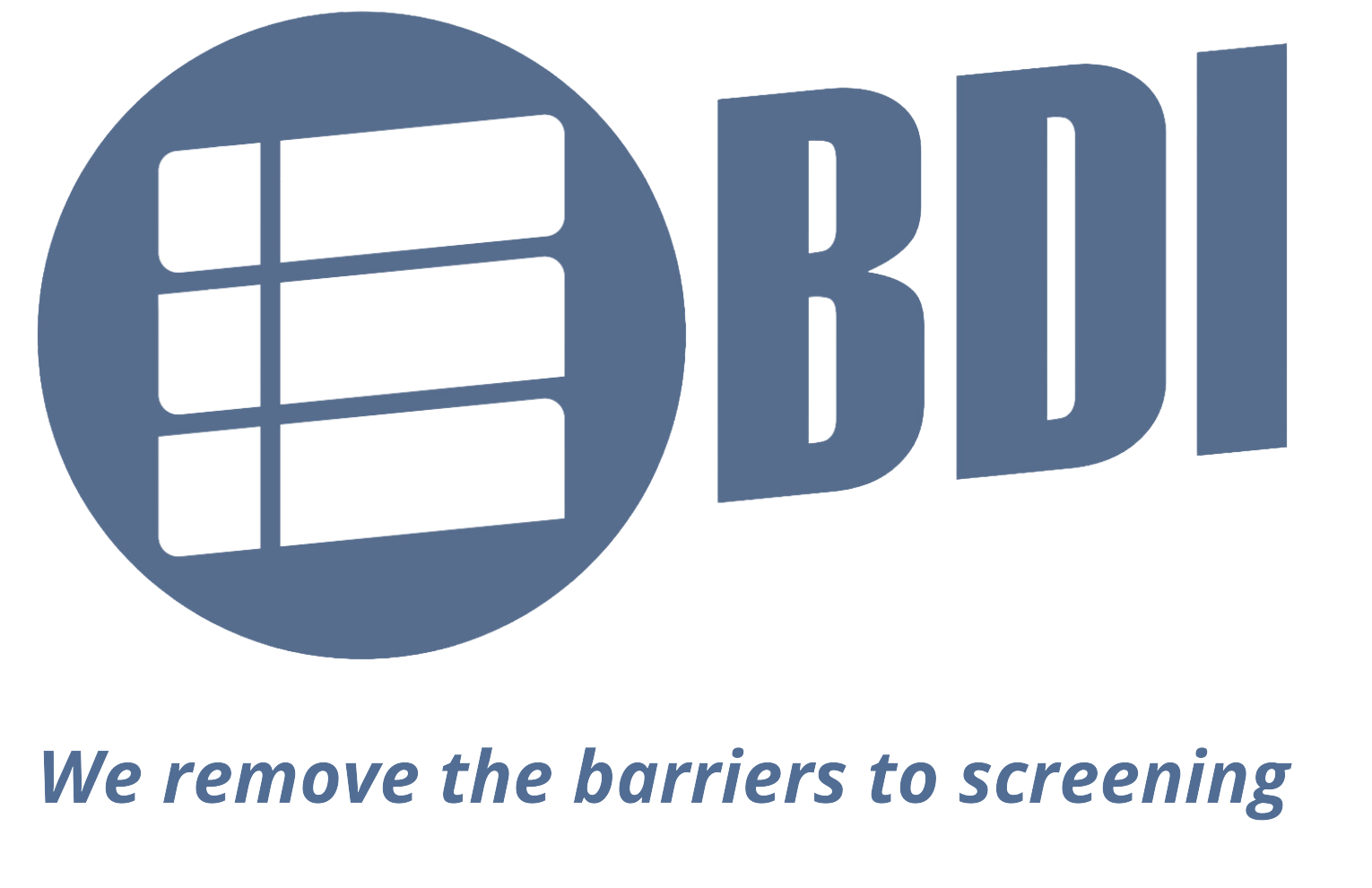About Us
Leadership team

Before BDI, Jonathan Taub was President of Sequoia/Tencent-backed medical image AI company VoxelCloud Inc., EVP of IP licensing company Acacia Research (helping grow Acacia’s market cap from $90 million to $2 billion in less than 5 years) and was the co-founder and CEO of ARCH-backed biopharma company Epirium Bio (previously Cardero Therapeutics).
He was previously director of strategic alliances at Microsoft and director of business development at Nortel Networks following Nortel’s $450M acquisition of cloud software pioneer Epicon, where he headed business development.
He is a Wharton (University of Pennsylvania) and Harvard Law School graduate.

Professor of Medicine at UCLA’s David Geffen School of Medicine and Endowed Chair of Preventive Cardiology at Harbor-UCLA Medical Center’s Lundquist Institute.
Matthew Budoff is a cardiologist and researcher specializing in medical image analytics. He is widely known for his pioneering research of coronary calcium and getting this cardiovascular disease biomarker adopted into standard of care globally.
Dr. Budoff is among the top individual recipients of NIH funding and is among the most published and cited clinicians in peer-reviewed medical journals.
He has been researching bone health since 2005, and has published widely on the topic of opportunistic detection of osteoporosis since 2006.
Full bio: https://lundquist.org/matthew-budoff-md

Christopher Dailing is a technology leader in CT image analytics and related IT.
Before BDI, he spent 23 years at Harbor UCLA / Lundquist Institute – where he managed all database systems and DICOM imaging data, led all software development and IT planning, and managed all of the organization’s technical troubleshooting.
Among his accomplishments during this time, he developed the coronary calcium scoring software for NIH’s landmark MESA study. His work has led to the discovery of novel measures in cardiac and other CT modalities.
He is the co-author of many published, peer-reviewed studies in the field and is the co-creator of BDI’s algorithms.

Dr. Mao is a senior researcher and radiology scientist who has conducted leading clinical research at Harbor-UCLA Medical Center’s Lundquist Institute.
He is the primary inventor of our phantom-less bone density analytics, and drives our ongoing R&D in this and related areas.
History

Professor of Medicine at UCLA’s
David Geffen School of Medicine
and Endowed Chair of Preventive
Cardiology at Harbor-UCLA Medical
Center’s Lundquist Institute
“Osteopenia/osteoporosis is a great scourge that has fallen through the cracks of the health system. So many people suffering needlessly.
I believe BDI has the potential to impact
healthcare in a way few other innovations have.”
“We started BDI to address a critical gap in healthcare. My patients are generally 50 years old and up. This age group today is just over 1/3 of all Americans and growing with our aging population. We found a shocking high number of this middle age+ population have undiagnosed osteoporosis or pre-osteoporosis (osteopenia). Unfortunately these findings are frequently ‘too late’ – only after an often devastating osteoporotic hip or other bone fracture. Osteoporosis is the main cause of hip and vertebral fractures, and is a “silent disease”: it usually is asymptomatic until a fracture occurs. Women have more osteoporotic fractures than heart attacks, strokes and breast cancer combined.
And this isn’t happening just in women: we found middle aged+ men are also suffering significantly from undiagnosed, untreated osteopenia/osteoporosis. It is much more prevalent in adults – women and men – than commonly assumed. We have found osteoporosis in 23.9% of men and 28.7% of women 50+ years old.1 According to studies, 75% of those with osteoporosis are undiagnosed and thus untreated.
The good news – and why I was so frustrated that so many of my patients have undiagnosed osteopenia and osteoporosis: these conditions can be treated readily with safe, proven-effective drugs as well as many inexpensive, non-prescription therapies – including simple exercise and dietary changes or supplements such as increased calcium. Osteoporotic hip and other fractures largely can be prevented if low bone density is detected and treated early.
So it was obvious to us that the current bone health diagnostics status quo is broken. Osteopenia/osteoporosis is a great scourge that has fallen through the cracks of the health system. So many people suffering needlessly. We were keen to create a solution.
After years of R&D of our solution and its validation in multiple published, peer-reviewed clinical studies, our physicians are using our proprietary bone density and fracture prediction algorithms clinically – improving patient outcomes. We are delighted to offer our valuable osteoporosis screening service for patients wherever they are – using their existing medical images: no new imaging required. BDI’s clinically proven and acclaimed technology-enabled service solves much of the osteoporosis problem – which is that patients who should be screened for osteoporosis per medical guidelines generally are not. Our use of existing patient CT images eliminates barriers to osteoporosis screening such as cost, equipment, concerns about additional radiation, time and other burden on patients, providers and others.
And we’re now finding that bone health is a biomarker for ‘non-bone’ diseases. Recent studies show that low bone density may indicate elevated cardiovascular disease and diabetes risk in patients. So routine osteoporosis screening with BDI can have even greater utility for patients, providers, payers and others.
For all these reasons, we are delighted that BDI’s osteoporosis screening service is covered by payers (including via CPT code) for qualifying patients. Patient co-pay/deductible is generally waived.”
1 Li D, Mao SS, Khazai B, Hyder JA, Allison M, McClelland R, de Boer I, Carr JJ, Criqui MH, Gao Y, Budoff MJ. Noncontrast Cardiac Computed Tomography Image-Based Vertebral Bone Mineral Density: The Multi-Ethnic Study of Atherosclerosis (MESA). Acad Radiol. 2013 May;20(5):621-7
